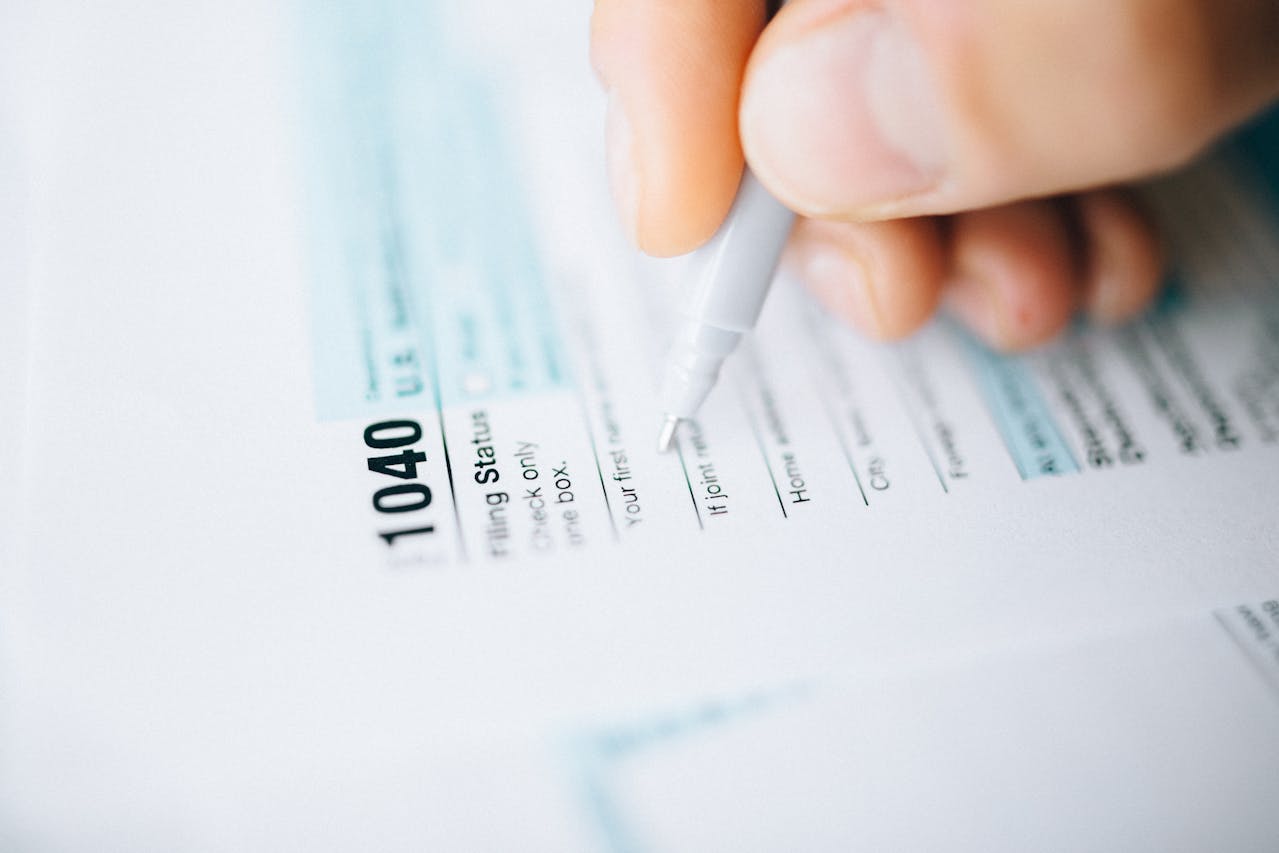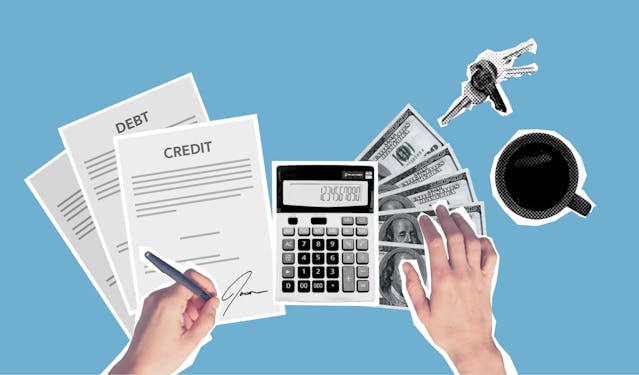Tax season can be a stressful time for many individuals and businesses. With numerous forms, deadlines, and deductions to keep track of, it’s easy to feel overwhelmed. However, understanding the different tax forms and their purposes can help make the process smoother and less daunting. In this article, we’ll discuss the essential tax forms you should know to navigate tax season successfully.
Tax Deadlines
Before diving into the different tax forms, it’s crucial to understand the various tax deadlines. These deadlines vary depending on your filing status and the type of tax return you’re filing. Here are the most common tax deadlines to keep in mind:
- April 15: This is the deadline for filing individual tax returns (Form 1040) and paying any taxes owed.
- March 15: This is the deadline for filing corporate tax returns (Form 1120) for businesses that operate on a calendar year.
- June 15: This is the deadline for filing individual tax returns (Form 1040) for U.S. citizens living abroad.
- October 15: This is the deadline for filing an extension for individual tax returns (Form 4868) and paying any taxes owed.
It’s essential to mark these deadlines on your calendar and plan accordingly to avoid any penalties or interest on late payments.
Tax Forms for Individuals
Form 1040
Form 1040 is the most common tax form for individuals. It’s used to report your income, deductions, and tax credits for the year. This form is also known as the “U.S. Individual Income Tax Return” and is due on April 15th. It’s essential to fill out this form accurately to avoid any discrepancies or audits.
Form 4868
Form 4868, also known as the “Application for Automatic Extension of Time to File U.S. Individual Income Tax Return,” is used to request an extension for filing your tax return. This form extends the deadline to October 15th, giving you an additional six months to file your taxes. However, it’s essential to note that this form only extends the deadline for filing, not for paying any taxes owed. You must still pay any taxes owed by the original deadline of April 15th to avoid penalties and interest.
Form W-2
Form W-2, also known as the “Wage and Tax Statement,” is used by employers to report an employee’s wages, tips, and other compensation for the year. This form is essential for individuals who are employed and receive a salary or wages. Employers must provide employees with a copy of their W-2 by January 31st, and individuals must include this form when filing their tax return.
Form 1099
Form 1099 is a series of forms used to report various types of income, such as interest, dividends, and self-employment income. There are different types of Form 1099, including 1099-INT for interest income, 1099-DIV for dividend income, and 1099-MISC for miscellaneous income. These forms are essential for individuals who receive income from sources other than their employer.
Tax Forms for Businesses
Form 1120
Form 1120, also known as the “U.S. Corporation Income Tax Return,” is used to report the income, deductions, and tax credits of a corporation. This form is due on March 15th for businesses that operate on a calendar year. It’s essential to fill out this form accurately to avoid any discrepancies or audits.
Form 1065
Form 1065, also known as the “U.S. Return of Partnership Income,” is used to report the income, deductions, and tax credits of a partnership. This form is due on March 15th for partnerships that operate on a calendar year. It’s essential to fill out this form accurately to avoid any discrepancies or audits.
Form 1120-S
Form 1120-S, also known as the “U.S. Income Tax Return for an S Corporation,” is used to report the income, deductions, and tax credits of an S corporation. This form is due on March 15th for S corporations that operate on a calendar year. It’s essential to fill out this form accurately to avoid any discrepancies or audits.
Tax Deductions and Credits
Form 1040 Schedule A
Form 1040 Schedule A, also known as the “Itemized Deductions” form, is used to report your itemized deductions, such as mortgage interest, charitable contributions, and medical expenses. This form is essential for individuals who choose to itemize their deductions instead of taking the standard deduction.
Form 1040 Schedule C
Form 1040 Schedule C, also known as the “Profit or Loss from Business” form, is used to report the income and expenses of a sole proprietorship or single-member LLC. This form is essential for individuals who are self-employed or have a side business.
Form 1040 Schedule E
Form 1040 Schedule E, also known as the “Supplemental Income and Loss” form, is used to report rental income, royalties, and other types of income from partnerships, S corporations, estates, and trusts. This form is essential for individuals who receive income from these sources.
Form 8863
Form 8863, also known as the “Education Credits” form, is used to claim education tax credits, such as the American Opportunity Credit and the Lifetime Learning Credit. This form is essential for individuals who have paid for qualified education expenses.
Tax Tips and Documents
Form W-4
Form W-4, also known as the “Employee’s Withholding Certificate,” is used by employees to inform their employer of their tax withholding preferences. This form is essential for individuals who want to adjust their tax withholding to avoid owing taxes at the end of the year.
Form W-9
Form W-9, also known as the “Request for Taxpayer Identification Number and Certification,” is used by businesses to request the taxpayer identification number (TIN) of individuals or entities they pay. This form is essential for businesses to report payments made to contractors, freelancers, and other non-employees.
Form 1098
Form 1098, also known as the “Mortgage Interest Statement,” is used by lenders to report the mortgage interest paid by a borrower. This form is essential for individuals who have a mortgage and want to claim the mortgage interest deduction.
Conclusion
Tax season can be a stressful time, but understanding the different tax forms and their purposes can make the process more manageable. By keeping track of the various tax deadlines, filling out the necessary forms accurately, and taking advantage of deductions and credits, you can navigate tax season successfully. Remember to consult with a tax professional if you have any questions or need assistance with your taxes. With the right knowledge and preparation, you can file your taxes with confidence and ease.





























